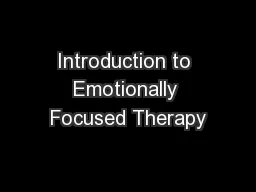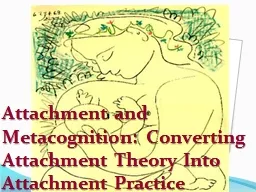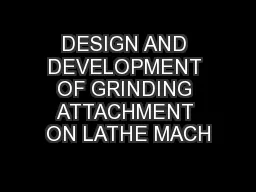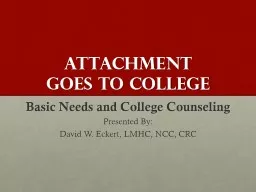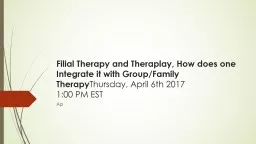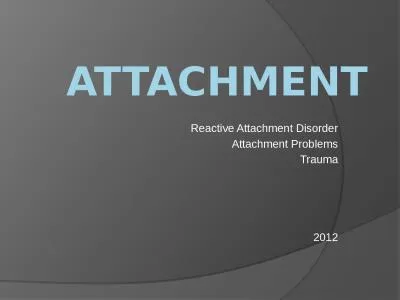PPT-Attachment in Mental Health and Therapy
Author : phoebe-click | Published Date : 2018-10-06
A BRIEF ADOLESCENT ENCOUNTER WITH JIM CAIRNS Proximity seeking as primary drive Secure base Internal Working Model to replace structural theories Later theoriststhe
Presentation Embed Code
Download Presentation
Download Presentation The PPT/PDF document "Attachment in Mental Health and Therapy" is the property of its rightful owner. Permission is granted to download and print the materials on this website for personal, non-commercial use only, and to display it on your personal computer provided you do not modify the materials and that you retain all copyright notices contained in the materials. By downloading content from our website, you accept the terms of this agreement.
Attachment in Mental Health and Therapy: Transcript
Download Rules Of Document
"Attachment in Mental Health and Therapy"The content belongs to its owner. You may download and print it for personal use, without modification, and keep all copyright notices. By downloading, you agree to these terms.
Related Documents


